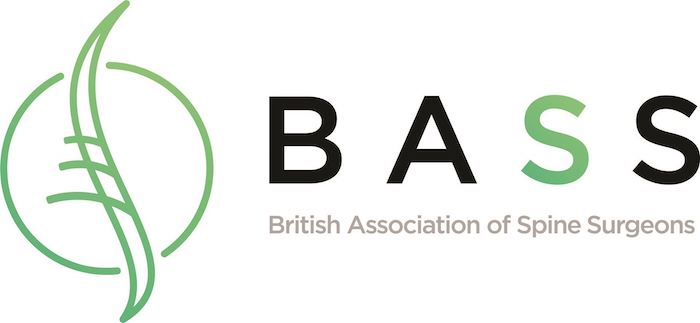Surgery: laser decompression
Introduction
When a disc herniates, prolapses, bulges, slips or pushes out of its normal position within the disc space, you either feel back, buttock or leg pain depending on the location of the disc herniation relative to the spinal nerves. In most cases, the body’s natural defences eats the disc that has pushed out away, slowly reducing it in size so that it moves away from the nerve root and the nerve root pain reduces. This usually takes 4 to 6 weeks. If the pain lasts longer than 6 weeks it may unfortunately take considerably longer to go.
With this knowledge it is important that someone with back, buttock or leg pain does not get pressurized into any treatment before 6 weeks. The important thing to do during this time is try and keep yourself as mobile as possible, take pain killers and anti-inflammatories until the pain starts to reduce. This understandably is very difficult and it is natural to try and find someone or something to help with the pain.
After six weeks it is sensible to confirm the diagnosis with an MRI after which the options are to do nothing and wait and see if the pain reduces naturally or to have a spinal injection to try and deliver anti-inflammatory (steroid) around the nerve root to reduce the inflammation in the nerve and also reduce the swelling of the nerve in the hope that as the swelling reduces the nerve moves away from the disc bulge and the nerve pain reduces.
It is important to use X-rays when performing the spinal injections to make sure the needle is in the correct place. If the first injection doesn’t work or just reduces the pain or the pain goes away with the injection but comes back, it sensible to repeat the spinal injection given how safe spinal injections are. If three sets of injections have failed, it is completely reasonable to try something else. At this stage the options are either to wait if you don’t want any form of surgery or either opt for either laser decompression or a microdiscectomy.
Laser decompression
Laser decompression is called laser decompression and not discectomy as it uses a laser to take the pressure off the nerve rather than removing it directly from the body, which is what occurs in an open microdiscectomy. It does this by heating up the disc to over 200 degrees Celsius, causing the disc to shrink back moving it away from the nerve and thereby reducing the nerve pain. A simple analogy would be like having a nice big steak in your frying pan and heating it up. After a few minutes of heat the steak starts to shrink in size and looks considerably smaller than it did before you heated it up.
Unlike a microdiscectomy which involves surgical incision, the laser decompression is carried out using a spinal needle down which a laser filament is passed. This means the risks are considerably smaller than a microdiscectomy and similar to that of a spinal injection, which are minimal. Laser decompression was first invented in 1986 but fell out of favour due to the type of laser used.
Now for the science. Feel free to ignore this bit if you want, but I have included it so you have some more information.
Most lasers are rectilinear, which means the laser fires in a straight line. We all know that you should not look straight into a laser as it will burn the back of your eye, making you blind. If you shine a rectilinear laser at a wall, it makes a red dot on the wall. This is where all the energy is concentrated. Older laser generators were originally Carbon dioxide YAG laser machines. Newer laser machines use a diode laser. The important point of note however is the wavelength generated by the machine. Originally machines were set to generate a wavelenght of 1470 nanometres. This is ideal for use in the eye and for varicose veins but is not necessarily the best of the intervertebral disc.
I use the latest diode laser machine, which generates a wavelength of 980 nanometres, which is thought to be better suited for use in the intervertebral disc. The really big difference however, is that the laser fibre is specifically designed for disc decompression. By creating an arc discharge at the tip of the laser fibre, the energy is concentrated at the tip of the laser fibre, so technically you can look straight at it, though this is not recommended.
With a rectilinear laser the risk is that the laser will burn through the outer wall of the disc and possibly burn whatever it may come in contact with outside the outer wall of the disc. This compares to the arc discharge laser fibre , which only heats up the area where it is placed, so it is much safer. Needless to say I use the arc discharge laser fibre.
Other advantages of the laser decompression over a microdiscectomy include fewer risks and complications as well as being day case surgery. Microdiscectomy can also be performed as day case surgery, however I do not recommend this.



